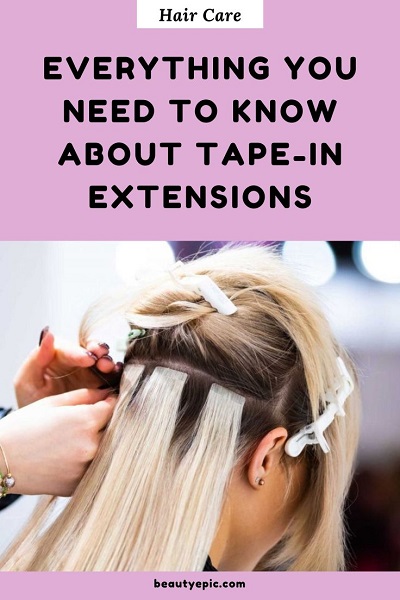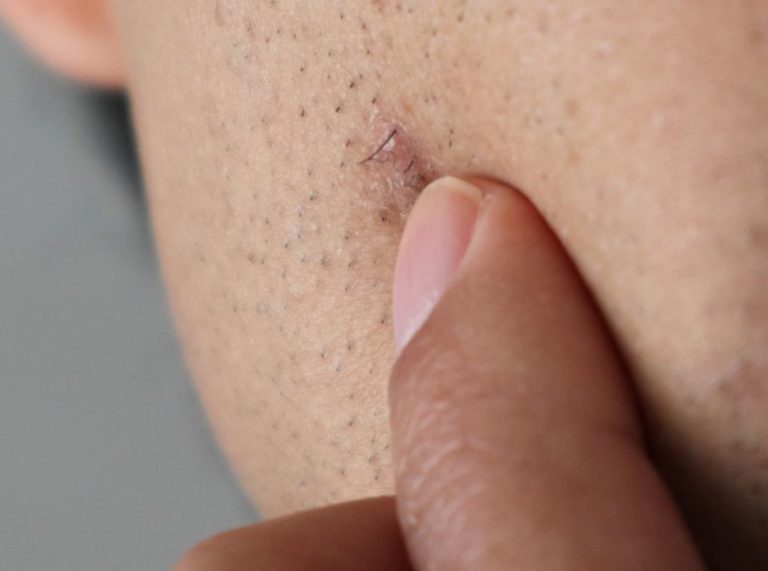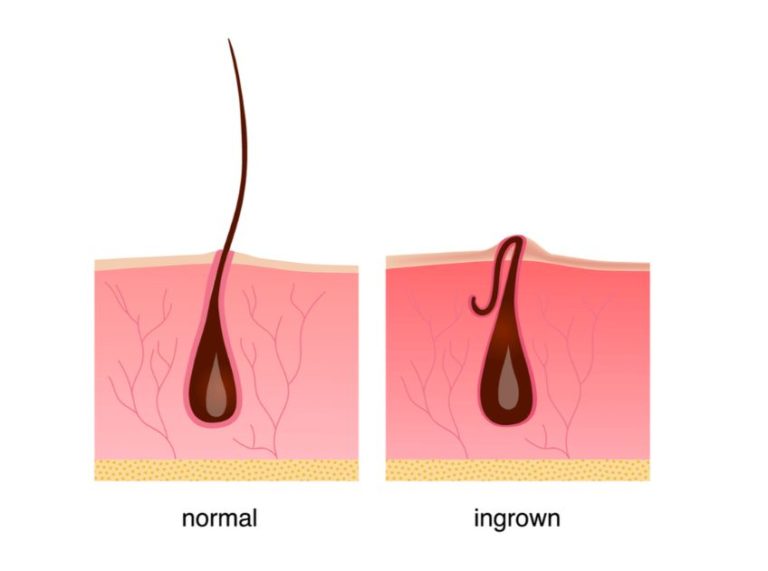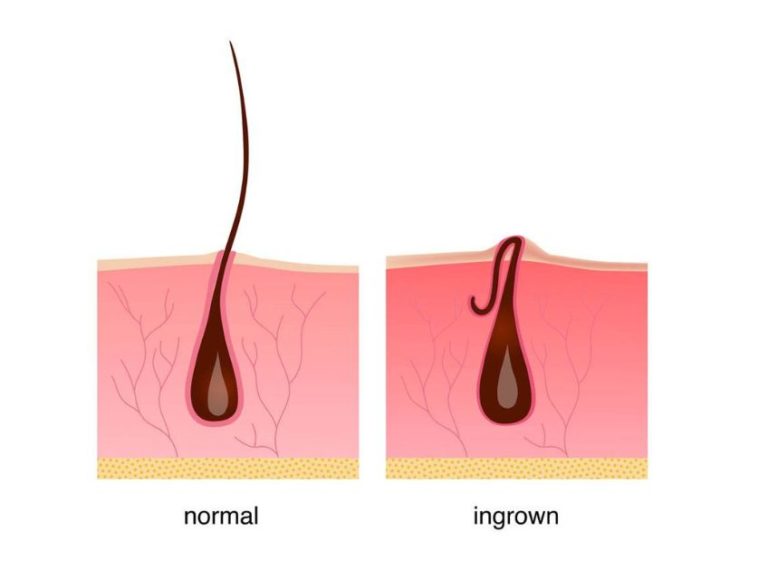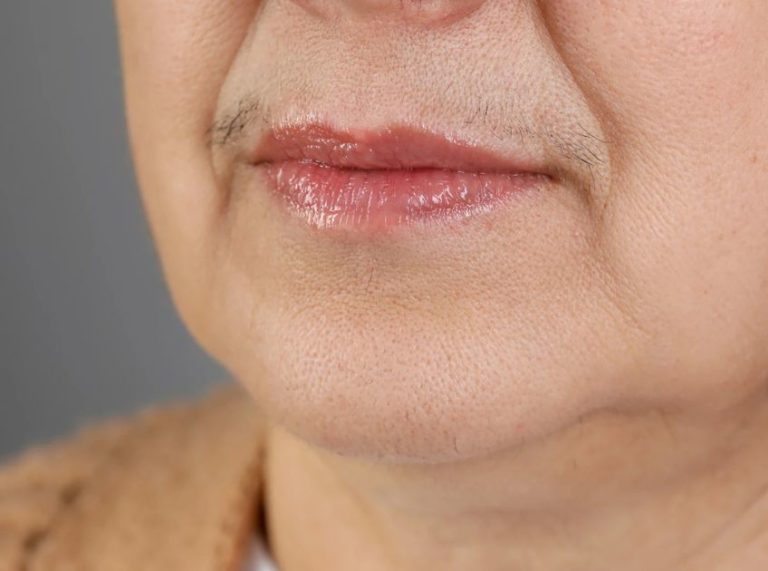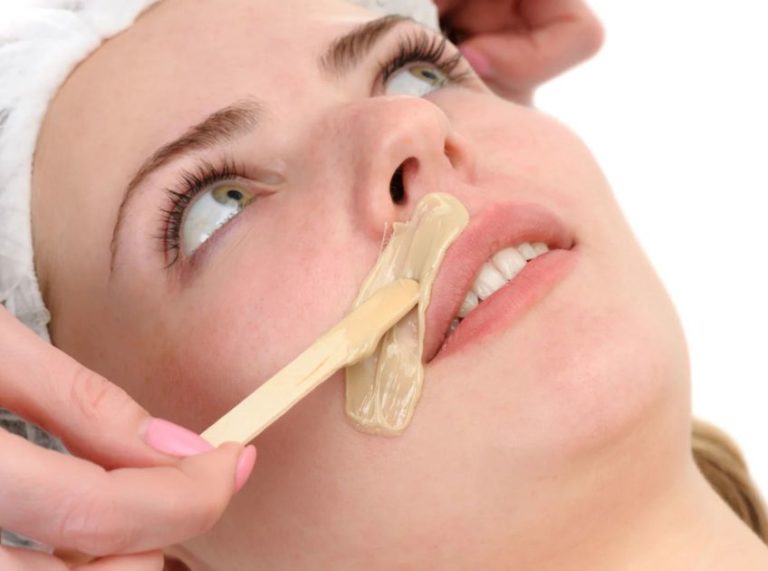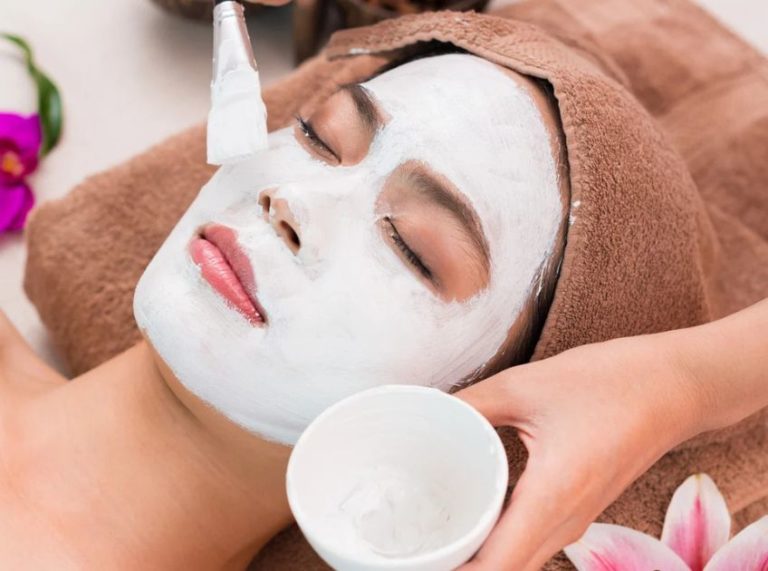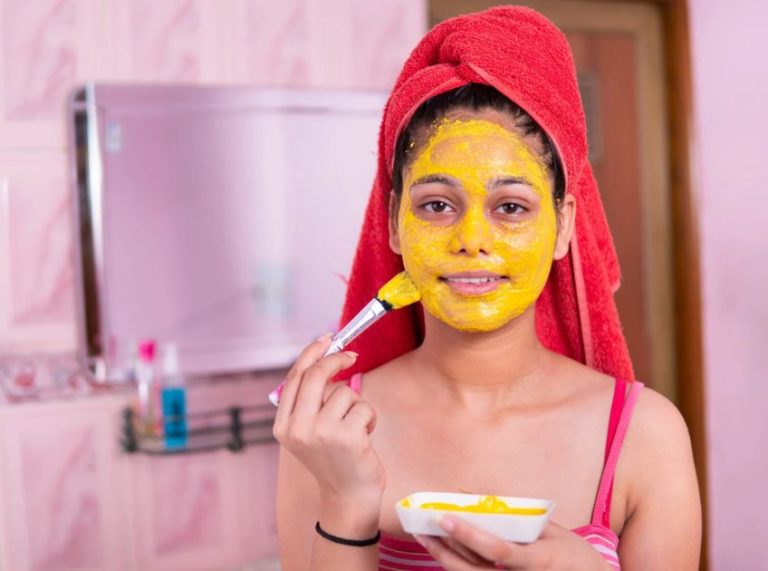
Important: This article is for informational purposes only. Please read our full disclaimer for more details.
Tape-in extensions have become one of the most popular choices for adding instant length, volume, and fullness to your hair, with minimal damage and maximum payoff. You’re new to the world of extensions or curious if this semi-permanent option is right for you; understanding how tape-ins work, their pros and cons, and how to care for them is key.
Here’s your expert-approved guide to everything you need to know about tape-in hair extensions.
1. What Are Tape-In Extensions, Exactly?
Tape-in extensions are semi-permanent hairpieces that use a gentle, medical-grade adhesive to “sandwich” your natural hair between two thin wefts.
- Each weft has pre-taped ends that are about 1.5 inches wide.
- They lay flat against the scalp, blending seamlessly with your natural hair.
- Unlike clip-ins, they stay in place for weeks without daily removal.
This method offers an ultra-natural look without the weight or bulk of traditional extensions.
2. Why Tape-Ins Are a Game-Changer
Tape-ins strike the perfect balance between salon quality and wearability. Here’s why many stylists (and clients) swear by them:
- Lightweight: They don’t pull or strain the scalp.
- Fast Application: A full head takes around 60–90 minutes.
- Natural Finish: The flat tape makes them nearly invisible in the hair.
- Low Damage: With proper care and professional application, they’re one of the safest semi-permanent options.
They’re especially ideal for those with thin or fine hair who want volume without stress on their roots.
3. How Long Do Tape-Ins Last?
With good care, tape-in extensions can last 6 to 8 weeks before needing reinstallation. However, the actual hair itself—if it’s high-quality human hair—can last up to 6–9 months with reuse.
As your natural hair grows, the tape-in bond moves away from the scalp, requiring a quick salon visit for repositioning. The stylist will clean off the old adhesive, reapply fresh tape, and reattach the wefts closer to the roots.
4. The Application Process—What to Expect
Here’s how a typical tape-in appointment goes:
- Consultation: Your stylist matches the extension color and density to your natural hair.
- Sectioning: Your hair is sectioned into layers.
- Taping: A section of your hair is placed between two tape wefts and pressed securely.
- Blending & Styling: The stylist trims and styles the extensions to match your haircut and layers.
The entire process is relatively quick and painless, with no heat or sewing required.
5. Caring for Your Tape-In Extensions
Proper care can extend the life of your extensions and keep your natural hair healthy.
Dos:
- Use sulfate-free shampoos and conditioners.
- Brush gently with a loop brush or wide-tooth comb.
- Sleep with your hair in a loose braid or low ponytail to avoid tangling.
- Use a heat protectant before styling with hot tools.
Don’ts:
- Don’t wash your hair for 48 hours after installation.
- Don’t apply oil or conditioner near the tape bonds—it can weaken the adhesive.
- Avoid excessive tugging or pulling while brushing or styling.
6. Are Tape-Ins Right for You?
Tape-in extensions are suitable for most hair types but work especially well for those with medium to fine hair. They may not be the best option for:
- Extremely oily scalps (which may affect bond adhesion)
- Super curly or coiled textures (unless the extensions are customized)
- Individuals with sensitive scalps or active hair loss
A consultation with a trained stylist will help determine if tape-ins are the best fit for your hair type and lifestyle.
7. Cost Breakdown: What to Expect
Prices for tape-in extensions vary depending on the salon, the amount of hair needed, and the quality of the extensions.
- Initial installation: Ranges from $200–$800+
- Hair itself: High-quality Remy human hair can cost $150–$400
- Maintenance appointments: Every 6–8 weeks at around $100–$300
Keep in mind, you can reuse the same hair multiple times if it’s well maintained, so think of it as an investment rather than a one-time spend.
8. Common Myths—Busted
Myth 1: Tape-ins are damaging.
Truth: When professionally applied and properly cared for, they’re one of the least damaging extension methods.
Myth 2: You can’t style or wash your hair normally.
Truth: You can wash, curl, straighten, and style your hair—just avoid the tape bonds.
Myth 3: They’ll show when you wear your hair up.
Truth: Proper placement ensures tape-ins are hidden even in ponytails or updos.
Frequently Asked Questions (FAQ’S)
Q1: Can I install tape-in extensions myself at home?
A. It’s strongly advised to have them applied by a professional. Misplacement or incorrect taping can cause uneven weight distribution, hair breakage, or visible wefts.
Q2: Can I swim or exercise with tape-in extensions?
A. Yes—but always wear your hair in a secure braid or bun, and avoid submerging your hair in saltwater or chlorine frequently, as it may weaken the adhesive.
Q3: Will they feel heavy or uncomfortable?
A. Not at all. When installed correctly, tape-ins feel lightweight and natural. Most users report forgetting they even have them after the first few days.
Final Thoughts
Tape-in extensions offer an effortless way to transform your look with added volume and length, without the long-term commitment of more permanent methods. With the right stylist, quality hair, and a simple aftercare routine, they can become a beautiful, damage-free part of your beauty routine.
